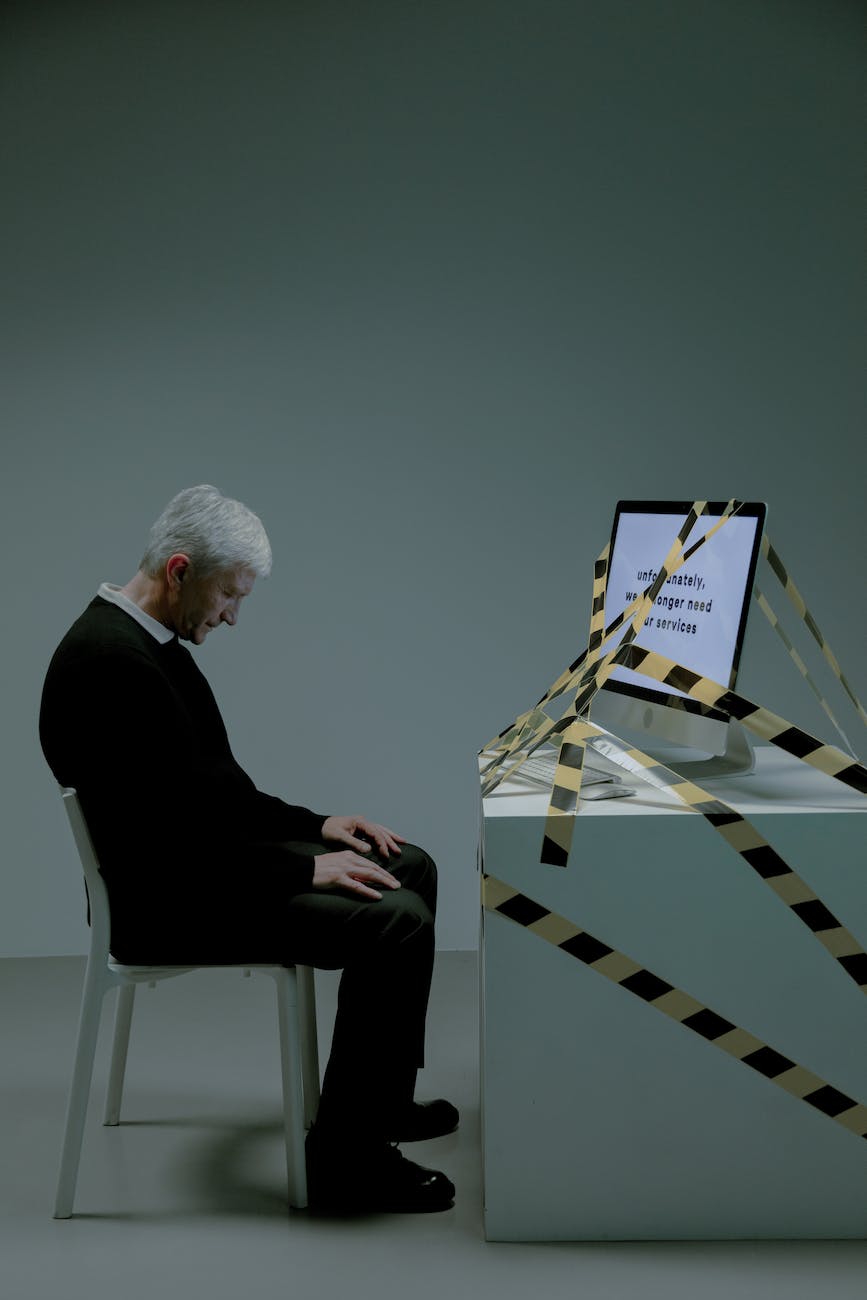In today’s hyper-connected world, the concept of a digital detox – taking a break from electronic devices to focus on real-life interactions and self-care – is gaining traction. With the increasing recognition of the impact of tech addiction on mental and emotional wellness, individuals are seeking ways to disconnect from digital distractions and reconnect with the world around them. This article explores the benefits of a digital detox and provides strategies for incorporating it into daily life.
The constant barrage of notifications, emails, and social media updates can lead to information overload, stress, and anxiety. Excessive screen time is also associated with poor sleep quality, reduced physical activity, and diminished face-to-face interactions, contributing to feelings of loneliness and isolation. A digital detox offers an opportunity to break the cycle of dependency on digital devices and improve mental and emotional well-being.

Enhanced Focus and Productivity: Without the constant interruptions of digital notifications, individuals can experience improved concentration and productivity, allowing for deeper engagement with tasks and creative pursuits.
Improved Sleep: Reducing screen time, especially before bed, can lead to better sleep quality. The blue light emitted by screens can disrupt the body’s natural sleep-wake cycle, impacting overall health and mood.
Strengthened Relationships: A digital detox encourages more meaningful interactions with friends and family, strengthening bonds and enhancing social wellness.
Increased Awareness and Mindfulness: Unplugging allows for greater presence in the moment, fostering mindfulness and a deeper appreciation for one’s surroundings and experiences.
Reduced Stress and Anxiety: Disconnecting from the constant flow of information can help lower stress and anxiety levels, promoting a sense of calm and relaxation.
Set Clear Boundaries: Designate specific times of the day or week as tech-free zones. Meal times, the hour before bed, and one day on the weekend are good places to start.
Create Tech-Free Spaces: Establish areas in the home, such as the bedroom or dining room, where electronic devices are not allowed, to encourage non-digital activities.
Engage in Offline Activities: Use the time normally spent on devices to engage in hobbies and activities that do not involve screens, such as reading, exercising, or spending time in nature.
Notify Contacts: Let friends, family, and colleagues know about your digital detox plans to manage expectations regarding your availability.
Gradually Reduce Screen Time: If the idea of completely unplugging is daunting, start by gradually reducing screen time and increasing offline activities.
A digital detox can be a powerful tool for enhancing mental and emotional wellness. By consciously choosing to unplug and engage with the world in more meaningful ways, individuals can mitigate the negative effects of digital overload and improve their quality of life. Embracing the practice of digital detoxification can lead to a more balanced, mindful, and fulfilling existence in the digital age.


